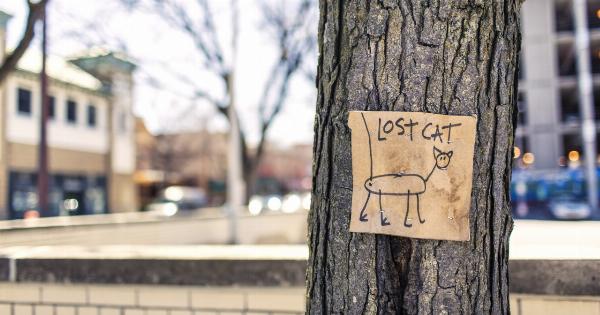Gout is typically associated with painful attacks that occur in the joints, particularly in the big toe. It is a type of arthritis that develops due to the buildup of uric acid crystals in the joints.
However, there are additional symptoms of gout that may not be as well-known. This article will explore some of the lesser-known signs of gout.
1. Intense Joint Pain
One of the most common and well-known symptoms of gout is intense joint pain, typically in the big toe. The pain usually comes on suddenly and is often described as throbbing and excruciating.
However, other joints can be affected as well, such as the ankle, knee, wrist, and fingers. The pain can last several hours or days and may be accompanied by swelling and redness in the affected area.
2. Tophi Formation
Tophi are hard, crystal-like deposits that form around joints affected by gout. They are made of uric acid crystals and can be seen and felt under the skin.
Tophi usually develop after several years of untreated gout and can require surgical removal in some cases.
3. Kidney Stones
Uric acid crystals can also form in the kidneys and lead to the development of kidney stones. These stones can cause intense pain in the lower back, side, and groin areas. Other symptoms include nausea, vomiting, and difficulty urinating.
Kidney stones can sometimes be passed naturally, but may require medical intervention in severe cases.
4. Fatigue
People with gout may experience fatigue and a general feeling of tiredness. This is because the inflammation and pain associated with gout can affect sleep quality, leading to fatigue during the day.
In some cases, medications used to treat gout can also cause fatigue as a side effect.
5. Fever and Chills
Gout attacks can sometimes be accompanied by fever and chills, which are signs of inflammation in the body.
The fever is usually low-grade and may be a sign that the body is trying to fight off the inflammation caused by the buildup of uric acid crystals.
6. Redness and Swelling
In addition to pain, gout attacks can cause redness and swelling in the joints. This is due to the immune system response to the uric acid crystals, which leads to inflammation and swelling in the affected area.
The affected joint may also feel warm to the touch.
7. Itching and Peeling Skin
In some cases, people with gout may experience itching and peeling skin around the affected joint. This is due to the inflammation caused by the buildup of uric acid crystals, which can irritate the skin and cause it to become dry and flaky.
8. Limited Range of Motion
Gout attacks can also lead to a limited range of motion in the affected joint. This is due to the pain, swelling, and inflammation in the joint, which can make it difficult to move or put pressure on the area.
Over time, this can lead to muscle weakness and loss of function in the affected joint.
9. Numbness and Tingling
In rare cases, gout attacks can cause numbness and tingling in the affected area. This is due to nerve compression caused by the swelling and inflammation in the joint. The numbness and tingling usually go away once the gout attack subsides.
10. High Blood Pressure
Recent studies have suggested that there may be a link between gout and high blood pressure. This is because uric acid crystals can cause damage to the blood vessels, leading to hypertension over time.
People with gout should be aware of their blood pressure levels and take steps to manage it if necessary.
Conclusion
Gout is a painful condition that affects millions of people around the world. While the symptoms of gout may be well-known, there are other lesser-known signs that people should be aware of.
If you experience any of these symptoms, it is important to seek medical attention to receive an accurate diagnosis and proper treatment.





























